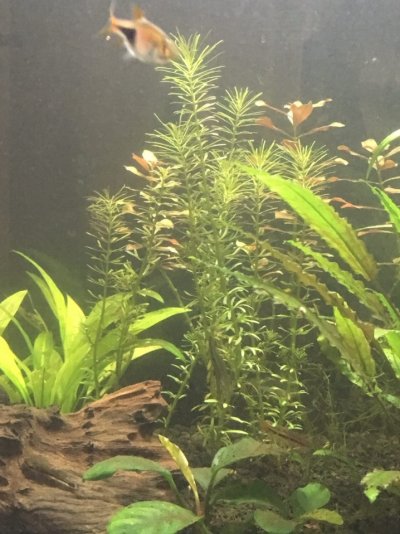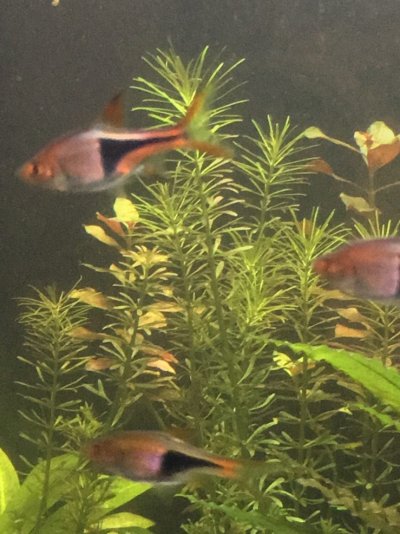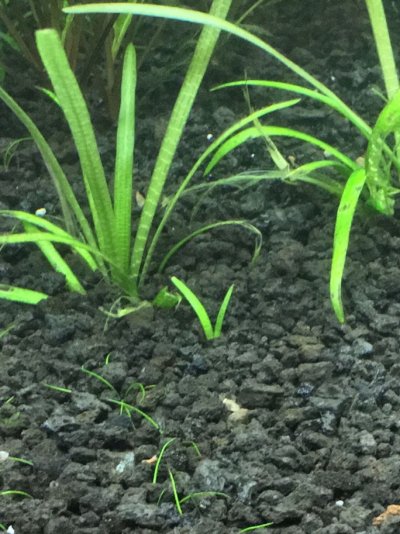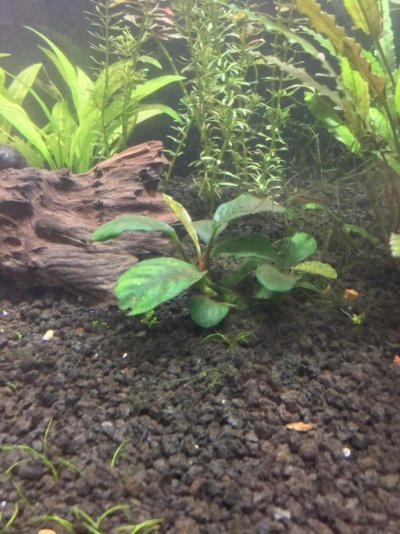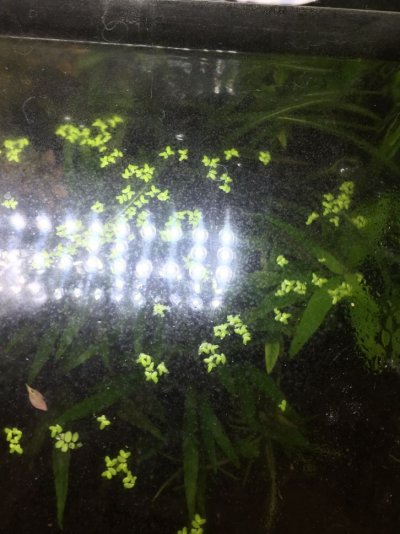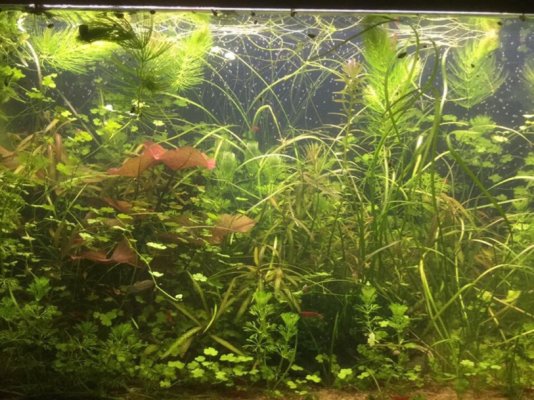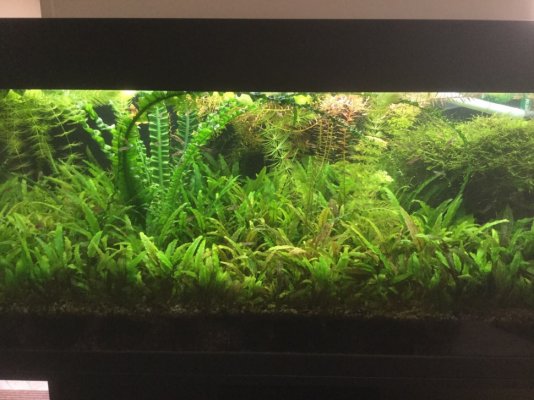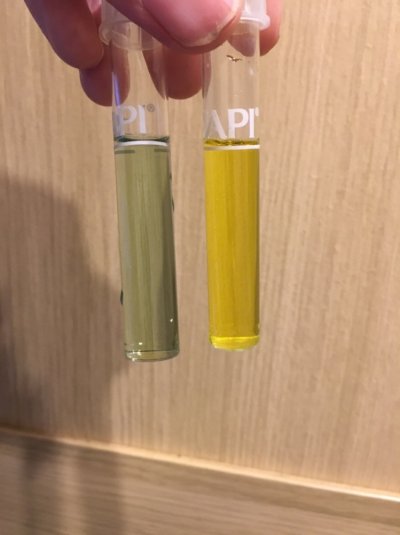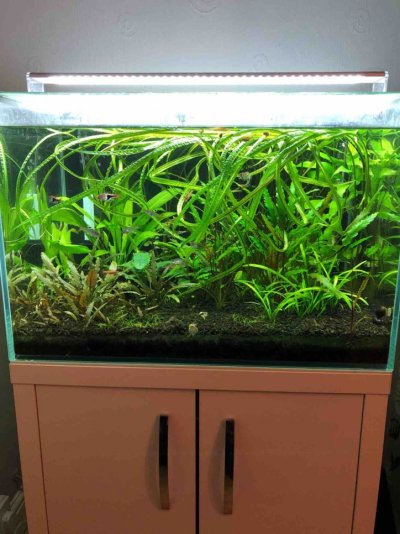Well I’ve always heard the term canister filters are ‘nitrate factories’ if left undisturbed but never really thought or understood why.
My hypothesis is the introduction of the canister filter allowed for more efficient process of ammonia by microbes as opposed to plant/microbe. Basically the plants had a reduced access to ammonia. The ammonia would be taken up by the plants before nitrate could be produced. As a result of adding the canister filter the owner also noted an increase in TDS despite rainwater top offs. The subsequent growth after removing the filter is also reducing the TDS.
The full discussion can be found here
https://www.ukaps.org/forum/threads/why-filter.58444/page-2#post-571200

